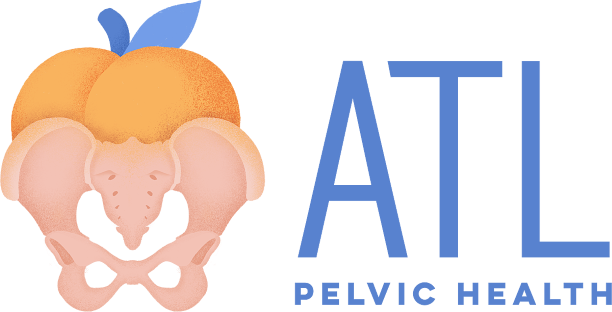Understanding Diastasis Recti: What It Is and How to Heal It
If you’ve ever noticed a “pooch” or bulge down the center of your abdomen after pregnancy, you’re not alone—and it might be diastasis recti abdominus (DRA). Diastasis recti occurs when the connective tissue between the left and right sides of your abdominal muscles stretches or separates, often during pregnancy as your belly grows and your body makes room for your baby.
While it’s incredibly common (affecting up to 100% of women during pregnancy and persisting in up to 60% of postpartum individuals), it’s not something you just have to live with. Understanding what’s happening and how to support your core and pelvic floor can make a huge difference in how you feel and move after childbirth.
Signs of Diastasis Recti
Not sure if you might have DRA? Here are a few common signs and symptoms:
A visible bulge or doming down the center of your abdomen, especially when sitting up or lifting heavy objects.
Core weakness: You might feel like your midsection isn’t as stable or strong as it used to be.
Lower back pain or poor posture due to decreased core support.
Pelvic floor symptoms, like leaking or heaviness, which often go hand-in-hand with DRA.
Difficulty returning to exercise because your body feels “off” or you’re unsure where to start safely.
If these sound familiar, you’re not alone, and more importantly, you’re not broken. These are simply signs your body needs some guided support to rebuild strength and function.
Why Awareness Matters
Many people assume diastasis recti will heal on its own. For some people it may; however, without proper guidance, that’s not always the case. Left untreated, DRA can contribute to ongoing core instability, back pain, pelvic floor dysfunction, or even hernias.
By identifying DRA early and learning how to move in ways that support your healing, you can restore strength, confidence, and connection to your core. Awareness is the first step toward recovery.
How Pelvic Floor Therapy Can Help
At ATL Pelvic Health, our pelvic floor physical and occupational therapists take a whole-body approach to diastasis recti recovery. During your sessions, we’ll:
Assess your abdominal separation and core function to understand what’s contributing to the issue.
Teach you how to properly engage your deep core and pelvic floor—helping the abdominal muscles work together again.
Guide you through safe, progressive exercises to close the gap, build strength, and improve stability. Our goal here is to load the abdominal wall appropriately to truly start to see change.
Address posture, breathing, and movement patterns that can either support or delay healing.
The goal isn’t just to “close the gap”—it’s to help you feel strong, functional, and confident in your body again.
If you suspect you have diastasis recti—or just want to better understand your core postpartum—you don’t have to figure it out on your own. A professional pelvic floor evaluation can give you clarity, confidence, and a clear plan for healing.
At ATL Pelvic Health, our Postpartum Program is designed to help you feel strong, supported, and confident as your body recovers from birth. Whether you had a vaginal or cesarean delivery, our pelvic health therapists guide you through every stage of healing — from restoring core and pelvic floor strength to managing symptoms like pain, leakage, or diastasis recti. Each session is one-on-one and tailored to your needs, blending hands-on therapy, targeted exercises, and education on safe return to movement, intimacy, and daily life. Our goal is to help you reconnect with your body, prevent long-term issues, and feel empowered in your recovery journey.
Ready to begin your postpartum healing? Book your evaluation today and let’s build your foundation for lifelong pelvic health.

